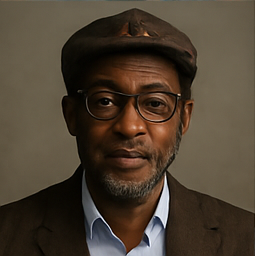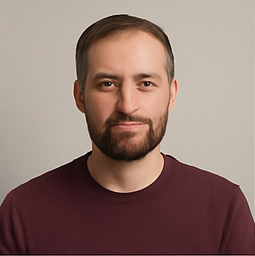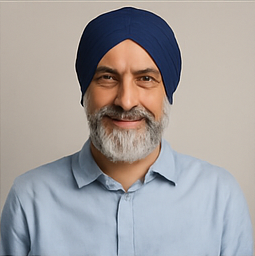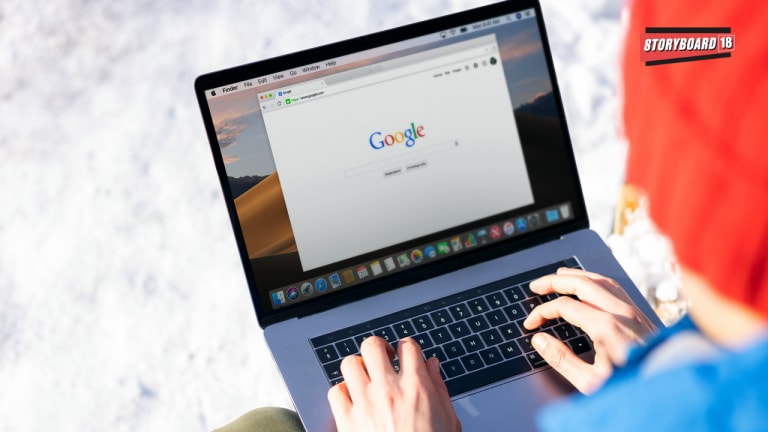Google Unveils Veo 3: A New Era in AI Video Generation

On May 20, 2025, during the highly anticipated Google I/O event, the tech giant unveiled Veo 3, a groundbreaking AI video generation model capable of producing stunning 8-second videos. Within mere hours of its launch, artists and filmmakers began showcasing exceptionally lifelike videos, raising eyebrows across social media platforms. If you've been casually scrolling through your feeds, there's a good chance you've encountered these AI-generated clips without realizing their origins.
Let’s be clear: Veo 3 represents a significant leap forward in video technology. It’s not just impressive; it also raises serious questions about the nature of reality in digital content. As noted by experts in the field of misinformation, we've been warned for years that advancements in AI could blur the lines between reality and fabrication to a point where the average viewer might struggle to discern one from the other. With Veo 3, it appears we have officially crossed that threshold, entering a new era where AI-generated videos are becoming a common aspect of our lives.
While there are other AI video creation tools available, such as OpenAI's Sora, Veo 3 quickly distinguishes itself in any timeline. This new model introduced several innovative features that set it apart from its predecessors. Notably, in addition to generating high-quality video, Veo 3 is capable of producing synchronized audio and dialogue. This functionality not only enhances the visual realism of the content but also brings a fully realized soundscape to life. Users of Veo 3 can maintain consistent characters across different clips, allowing for a coherent narrative experience, and they can fine-tune camera angles, framing, and movements in unprecedented ways. On social media, many users are expressing their astonishment at the results produced by Veo 3.
Currently, Veo 3 is accessible through Google’s paid AI plans. Users can find this advanced tool integrated within Gemini, Google’s AI chatbot, as well as in Flow, a platform described by Google as an “AI filmmaking tool built for creatives, by creatives.” Given its capabilities, it’s evident that AI filmmakers are beginning to harness Veo 3 for the creation of short films, and it seems likely that we will soon witness a full-length feature film produced using this remarkable technology.
One of the most notable short films created with Veo 3 is titled “Influenders,” which has garnered significant attention across various social media platforms. Directed by Yonatan Dor, founder of the AI visual studio The Dor Brothers, the film showcases a group of influencers reacting to an unexplained cataclysm unfolding in the background. To date, the video has received hundreds of thousands of views. Dor shared insights about the process, stating, “Yes, we used Google Veo 3 exclusively for this video, but to make a piece like this really come to life we needed to do further sound design, clever editing, and some upscaling at the end. The full piece took around 2 days to complete.” He further praised Veo 3, calling it “a massive step forward” and noted its exceptional dialogue and prompt adherence capabilities.
In addition to “Influenders,” numerous other videos have gone viral, showcasing the talents of artists like Alex Patrascu and Impekable, who have also utilized Veo 3 to create compelling man-on-the-street videos. Remarkably, a reporter from the Wall Street Journal recently produced an entire short film featuring a virtual version of herself using Veo 3—an impressive feat accomplished in just ten days.
While the videos produced by Veo 3 are undeniably impressive, it is worth noting that some clips still exhibit the glossy aesthetic and somewhat jerky movements that have become characteristic of AI-generated content, making them occasionally recognizable as artificial. Just a couple of years ago, awkward anatomical anomalies, such as misproportioned fingers, were frequently seen in AI creations. However, should the technology continue on its current trajectory, it won’t be long before distinguishing between real and AI-generated video becomes virtually impossible.
As Google promotes Veo 3, the company emphasizes its collaborations with established artists and filmmakers, including Darren Aronofsky. It is evident that Veo 3 could significantly lower the costs associated with producing animation and special effects. However, this cutting-edge technology also poses risks, particularly for misinformation and manipulation. Content farms or bad actors may exploit Veo 3 to create deceptive news clips and outrage-inducing content.
In light of these concerns, we reached out to Google regarding the potential misuse of Veo 3 for spreading misinformation. A representative from Google DeepMind reassured us that safeguards, such as digital watermarks, are integrated into the video clips generated by Veo 3. “It's important that people can access provenance tools for videos and other content they see online,” the representative stated. “The SynthID watermark is embedded in all content generated by Google’s AI tools, and we recently rolled out our SynthID detector to early testers. We aim to expand access more broadly soon, and as an additional step to help people, we’re adding a visible watermark to Veo videos.”
Google has also established AI safety guidelines that the company adheres to, expressing its commitment to helping individuals and organizations responsibly create and identify AI-generated content. However, one must ponder whether the average internet user stops to consider the authenticity of the videos that populate their timelines and feeds. A recent viral phenomenon, the emotional support kangaroo, serves as a humorous reminder that many do not.
As AI-generated videos are poised to become even more prevalent across social media and video-sharing applications, the landscape will inevitably include not only entertaining content but also material created with more malicious intent. Despite the precautions built into AI video generation tools, skilled creators may still produce deepfake videos that feature celebrities or public figures, while TV news anchors have also made appearances in Veo 3-generated videos, raising serious concerns about the integrity of information available online.
As we advance into this new digital frontier, the question remains: are you asking yourself “Is this real?” whenever you come across an online video? If not, now may be the time to start doing so. As many users are already echoing on platforms like X, “We’re so cooked.”
Disclosure: Ziff Davis, the parent company of Mashable, filed a lawsuit against OpenAI in April, alleging copyright infringement in the training and operation of its AI systems.

























